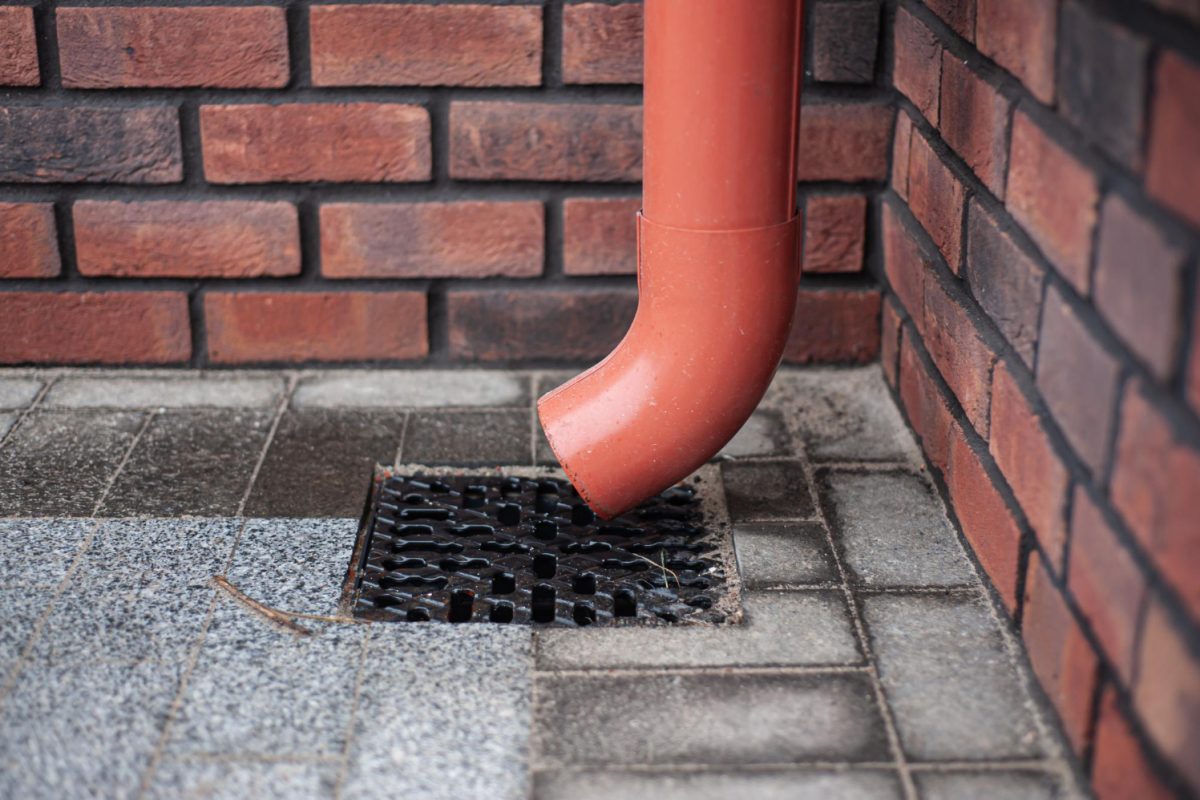The need for effective basement drainage becomes evident when water starts finding its way into places it shouldn’t. Basements, often located below ground level, can be particularly susceptible to moisture issues, which, if left unchecked, can lead to more significant concerns like mold and structural damage. This makes it important to consider strategies that keep water at bay, ensuring that your basement remains dry and safe year-round.
In Colorado, where unpredictable weather is common, many homeowners encounter the challenges of basement water damage. The combination of heavy spring rains and melting snow can result in situations where inadequate drainage systems leave basements vulnerable. It’s not just about the inconvenience; it’s about protecting the home’s foundation and the health of those living in it.
Understanding Basement Water Damage
Basement water damage can stem from several sources, and identifying these can help prevent future occurrences. Here are some common culprits:
– Poor Drainage: This is often the leading cause. If your property doesn’t have a proper grading system to divert water away from the foundation, rainwater will naturally flow towards your home, seeping into the basement.
– Blocked Gutters and Downspouts: When gutters and downspouts are clogged, water overflows, pooling around the foundation and gradually making its way inside.
– Cracks in Walls and Floors: Over time, small cracks can form in basement walls and floors. These become entry points for water during heavy rains or snowmelt.
– Failed Sump Pumps: Sump pumps play a crucial role in removing accumulated water from basements. A malfunction or failure during a storm can result in significant water damage.
Not addressing water damage promptly poses severe risks, including mold growth, which can impact indoor air quality and health. Moreover, continued exposure to moisture can weaken structural elements, potentially leading to costly repairs. Hence, staying informed and taking preventive measures are key to maintaining a dry, damage-free basement.
Effective Basement Drainage Solutions
Keeping your basement dry involves setting up comprehensive drainage solutions, which act like a shield against moisture. The first step is ensuring the grading around your home diverts water away from the foundation. Imagine your house as an island, with its surroundings sloping ever so slightly downward. This simple yet effective method helps prevent rainwater from pooling near the foundation and sneaking into the basement.
Another key step involves installing and maintaining gutters and downspouts. These unsung heroes work tirelessly to channel water off your roof and away from your home. Regular cleaning of gutters to remove leaves and debris ensures they’re functioning correctly. Downspouts should extend several feet away from your home; consider adding extensions or splash blocks to make this happen.
Then there are French drains, an excellent tactic for homeowners facing persistent water problems. Think of a French drain as a hidden underground trench filled with gravel and a perforated pipe that redirects water away from trouble spots. By catching the water and steering it towards less vulnerable areas, this system can be a game changer for your basement upkeep.
Professional Services for Basement Drainage
When it feels like the basement is always on the verge of becoming a swimming pool, it might be time to call in the experts. There are professionals who specialize in creating reliable drainage systems equipped to handle the trickiest of water problems. They can evaluate your situation and decide the best course of action, whether it’s installing a new sump pump or reinforcing existing waterproofing measures.
A sump pump acts like the heart of your basement’s water removal process. Positioned in a specially constructed pit, it collects water and pumps it out of your basement automatically. Waterproofing involves sealing cracks and applying specialized coatings that act as a barrier, shielding your basement from unwanted moisture.
Engaging professionals ensures precision and expertise, minimizing the chances of repeat water issues. While it might be tempting to handle things yourself, remember that professionals bring a wealth of experience to the table, offering peace of mind through reliable solutions.
Maintenance Tips to Prevent Basement Water Damage
Routine maintenance can go a long way in preventing future headaches. Here are a few tips to keep your basement dry:
– Regularly inspect and clean gutters and downspouts to keep them free of leaves and debris.
– Look for signs of water leaks or damage, such as damp spots or the smell of mold.
– Schedule regular professional inspections. Getting an expert to look over your drainage systems can catch potential problems before they escalate.
Regular attention to these areas helps in spotting trouble early on, saving you from costly repairs and ensuring the well-being of your home.
Protect Your Basement From Water Damage in Colorado
Colorado weather can be unpredictable, demanding homeowners remain vigilant year-round. Proactive measures are the best defense against moisture problems. Consider creating a checklist tailored to seasonal tasks, ensuring nothing slips through the cracks. Regularly scheduled maintenance and professional oversight can all serve as strong deterrents against water issues.
By staying aware and taking proactive steps, you can fortify your basement against water damage. These strategies not only protect the foundation of your home but also contribute to a healthier, more comfortable living environment.
For residents of Colorado, taking steps to guard against basement water damage is essential for maintaining a safe and healthy home environment. To learn more about efficient drainage solutions and how to effectively protect your basement from moisture issues, explore what Top Gun can offer you today..


